Economic Analysis: Oligopoly and Monopolistic Competition Markets
VerifiedAdded on 2023/04/04
|13
|403
|194
Report
AI Summary
This report examines monopolistic competition and oligopoly market structures, crucial concepts in economics. It begins with an introduction to market structures, highlighting product differentiation and competitive dynamics. The report then delves into oligopoly markets, defining their characteristics (small number of large firms, homogenous or heterogeneous products, price sensitivity) and types (duopoly, pure, and differentiated oligopoly). A case study of the fast-food industry, specifically McDonald's, illustrates oligopolistic behavior, including price-making abilities and the kinked demand curve. The report also explores monopolistic competition, characterized by numerous firms, product differentiation, and competition based on quality, price, and marketing. The beverage industry, with Starbucks and Peet Coffee, serves as a case study, demonstrating product differentiation and its impact on price control and long-run profitability. The report concludes by summarizing the key differences between the two market structures, emphasizing their significance in the real economy and their impact on market dominance and product differentiation. References from academic sources are included to support the analysis.
1 out of 13

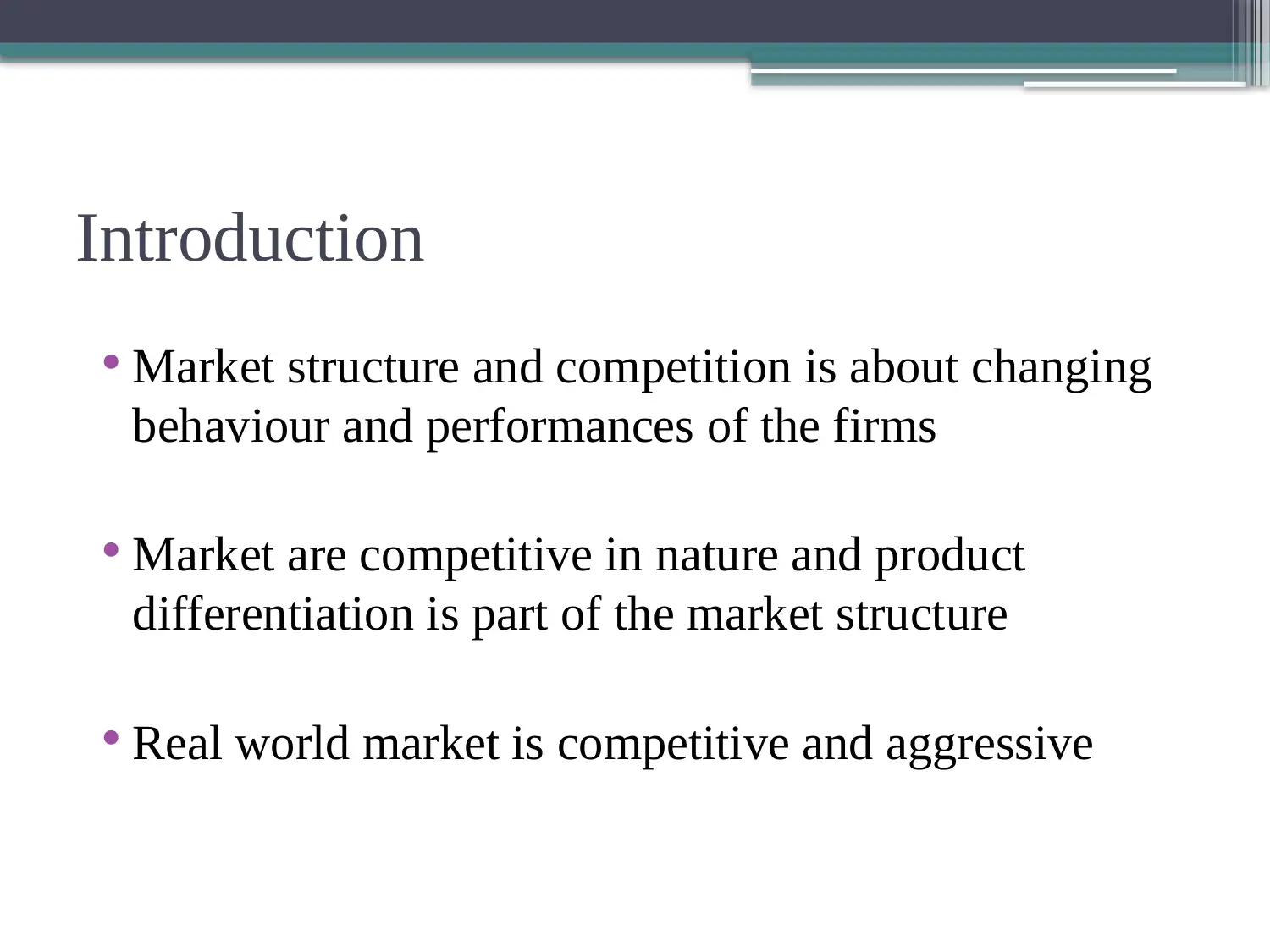
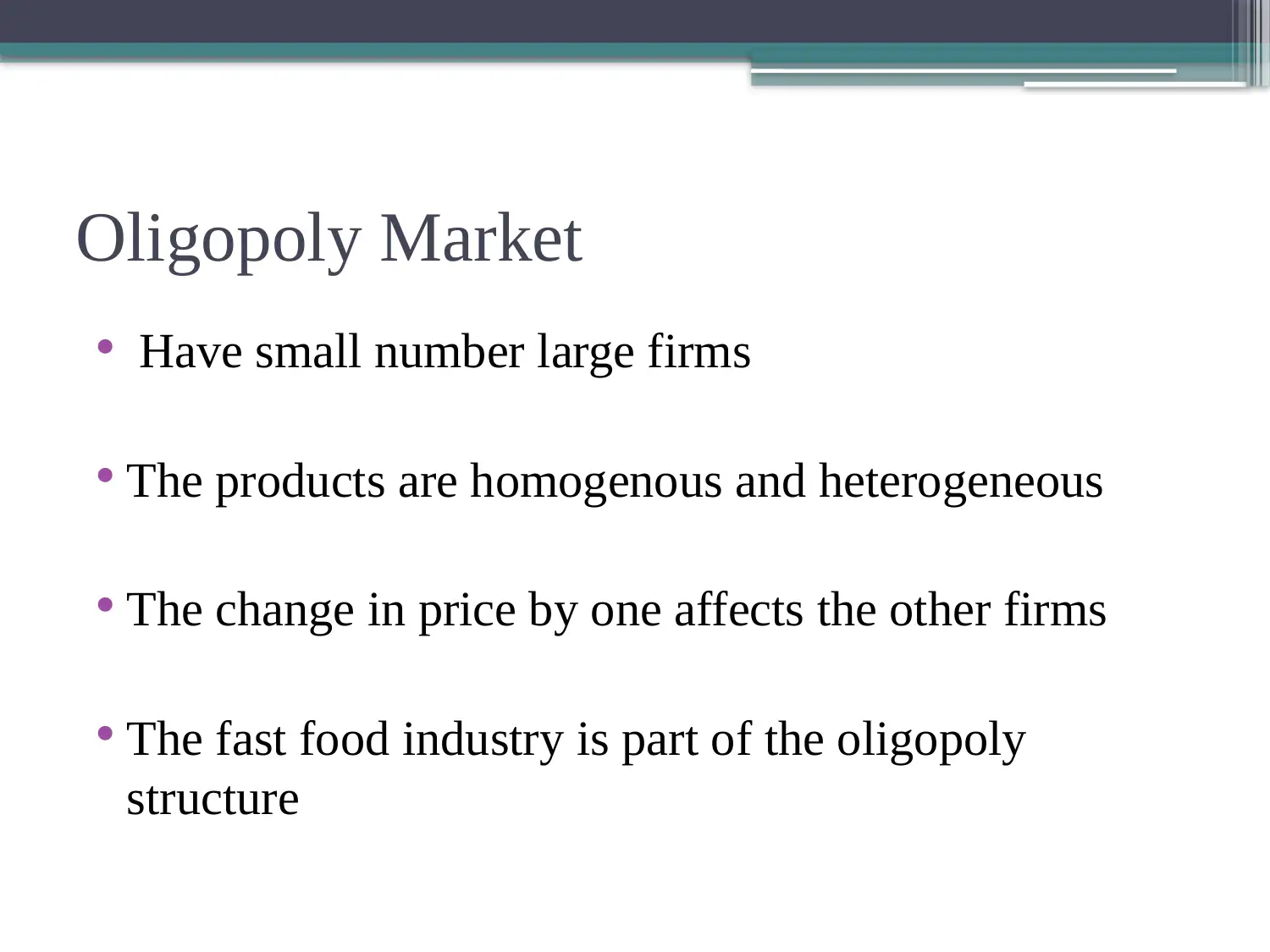



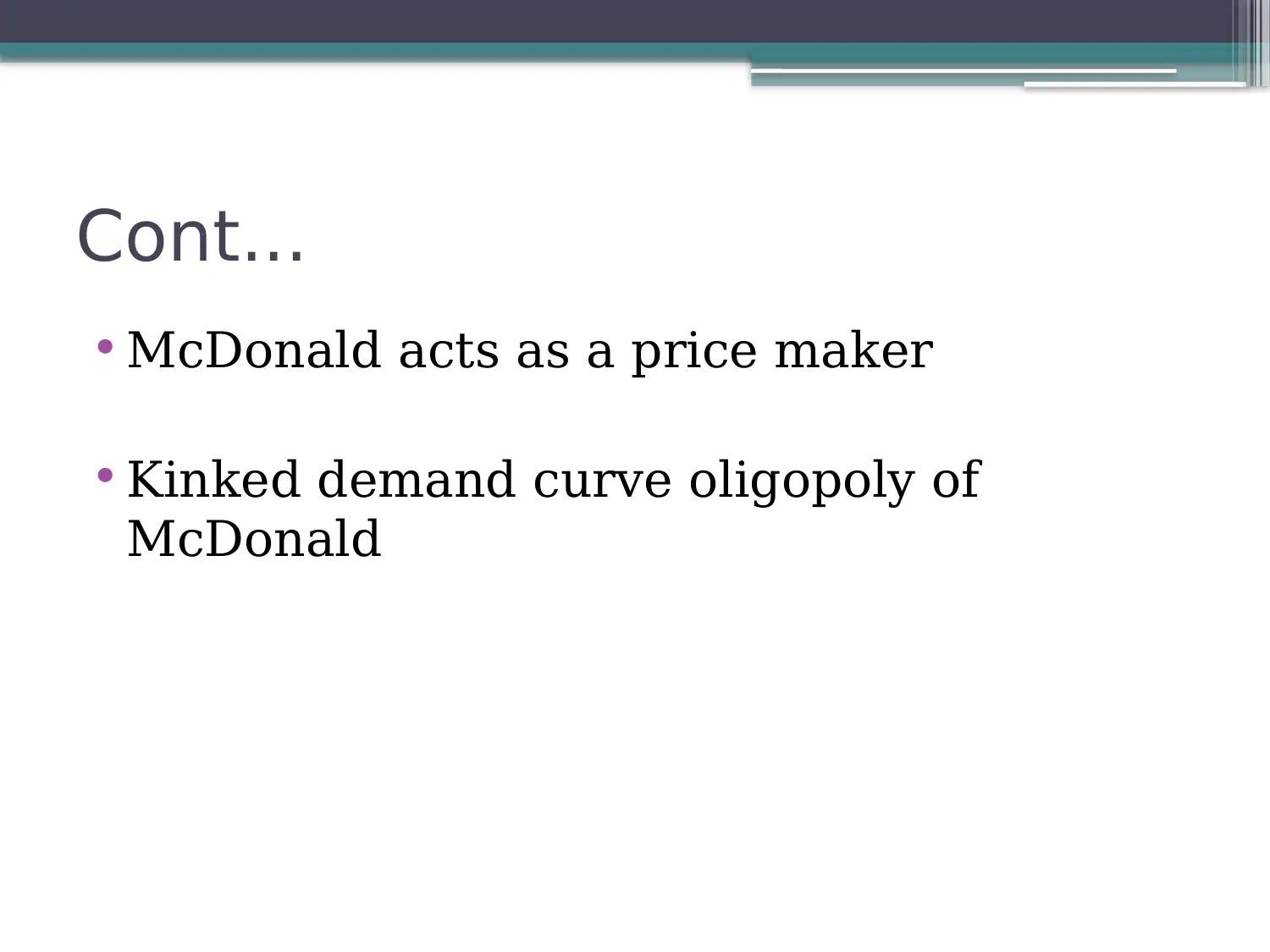

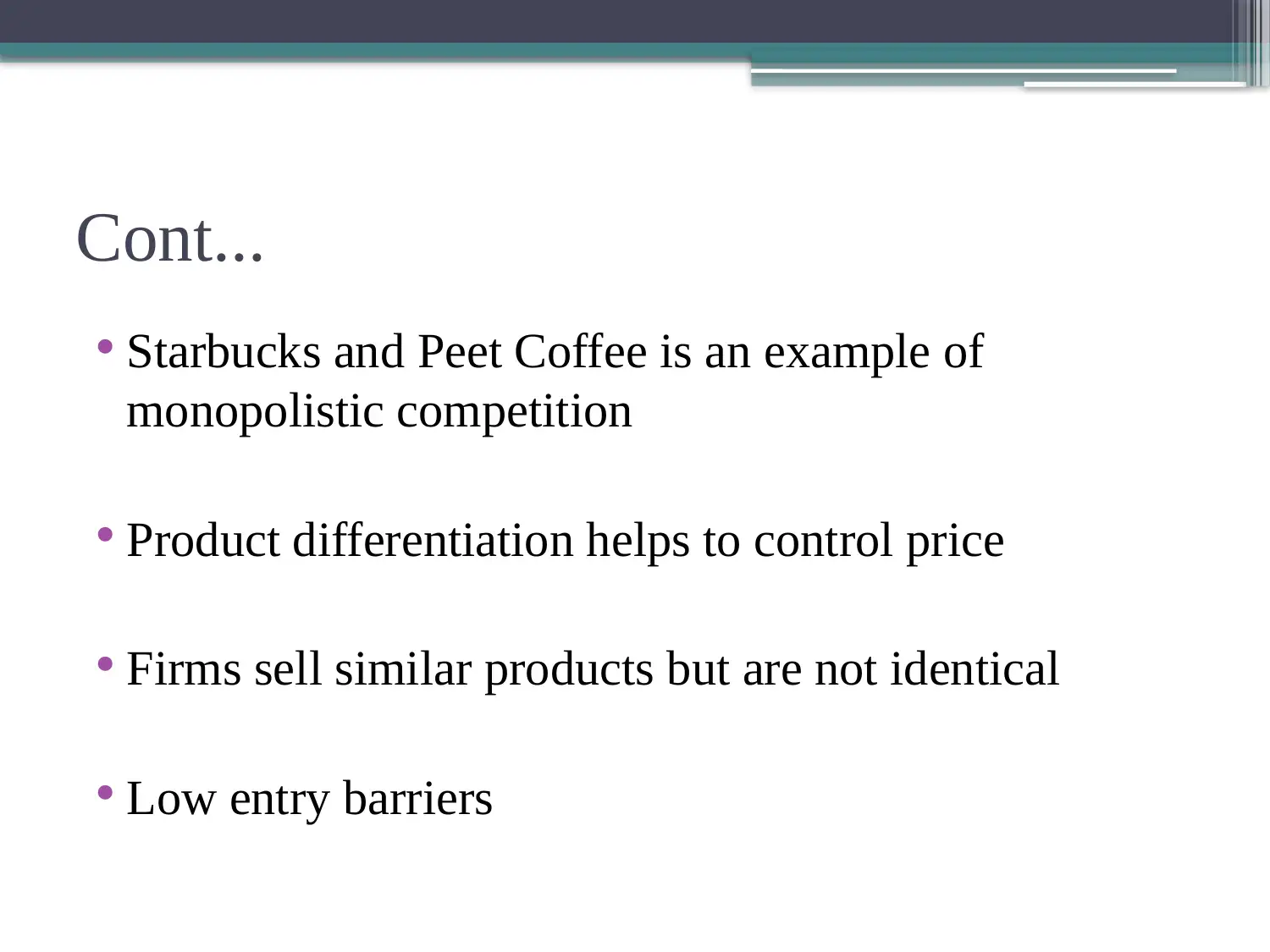


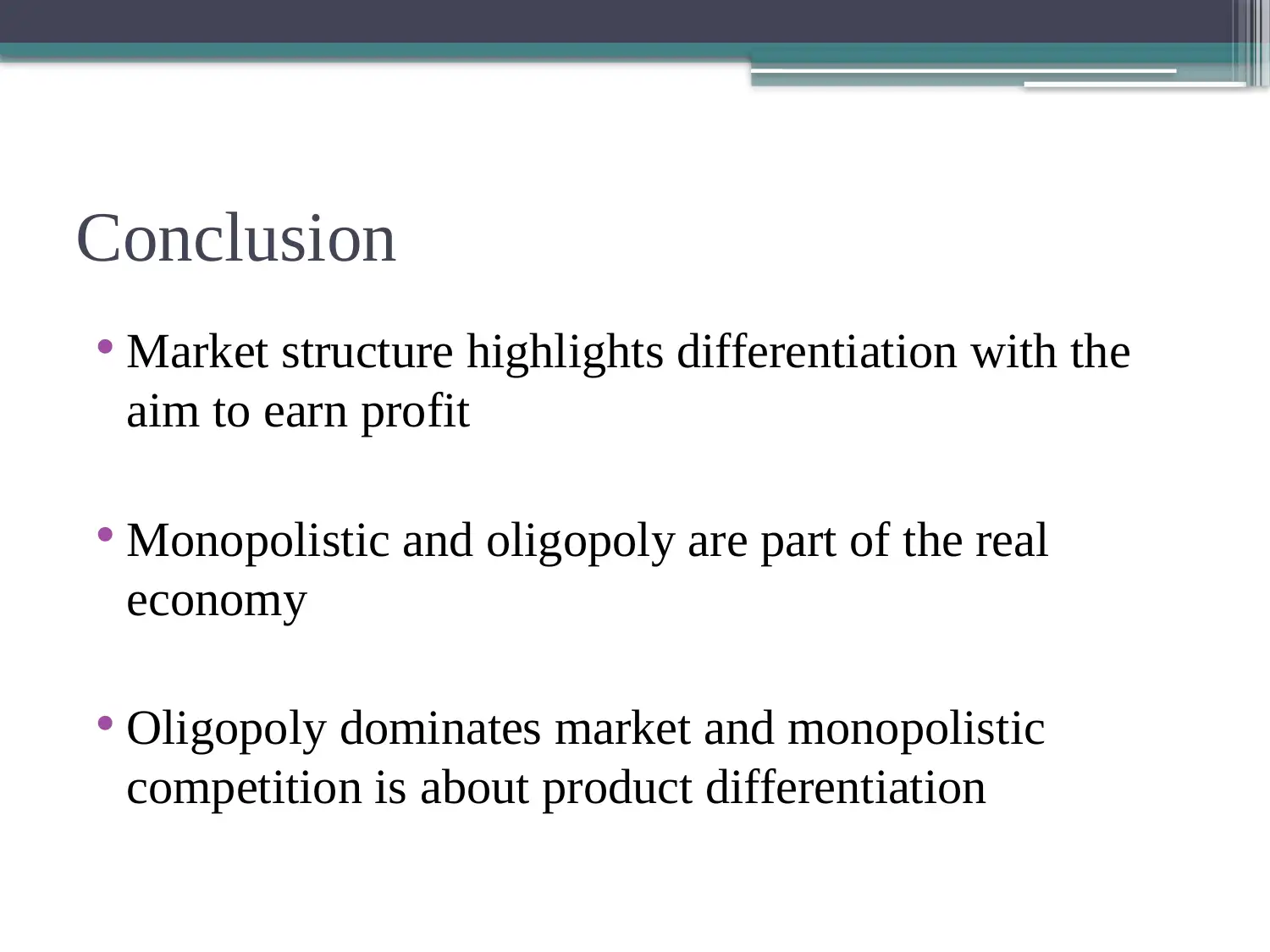
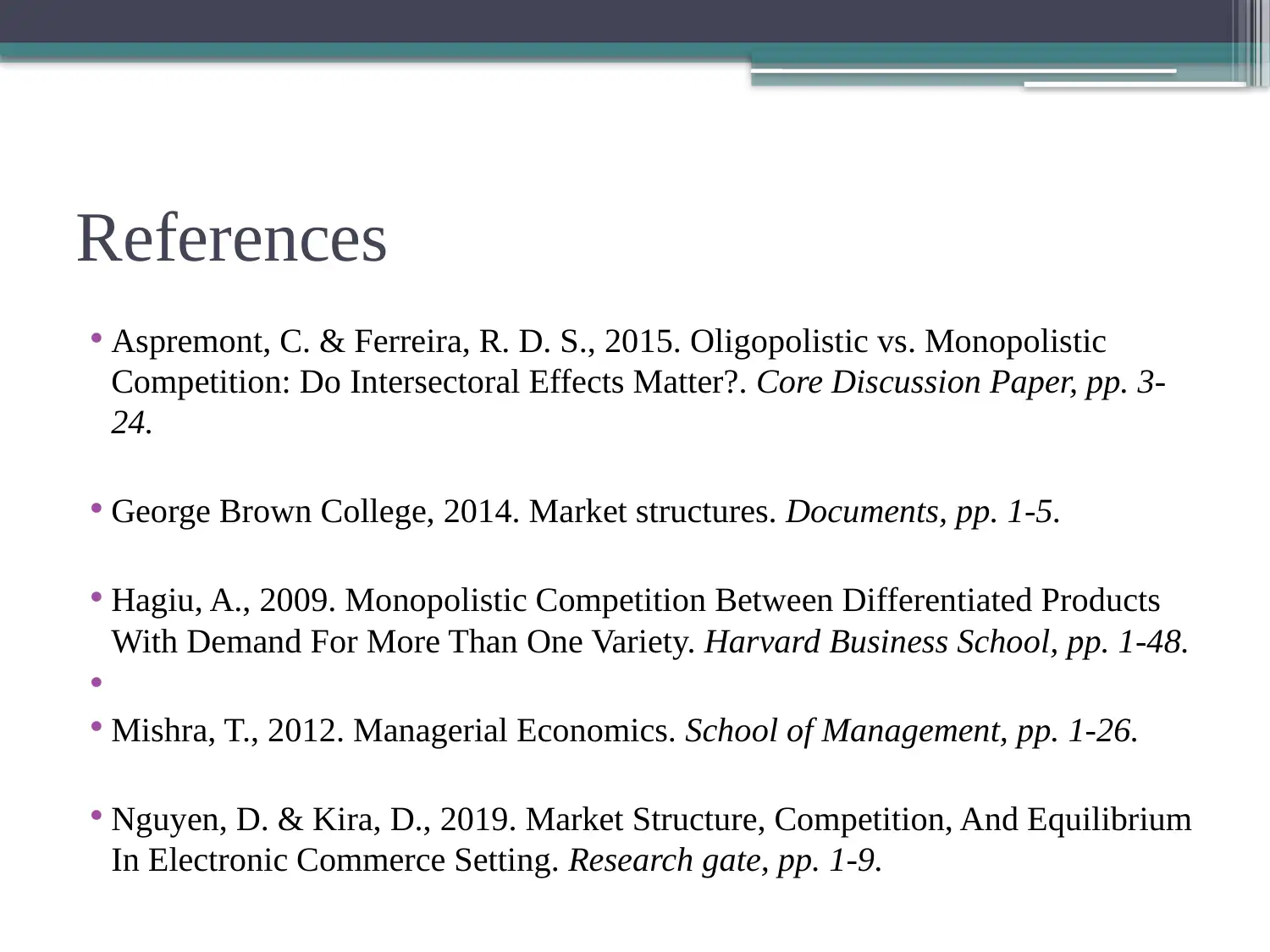






![[object Object]](/_next/static/media/star-bottom.7253800d.svg)